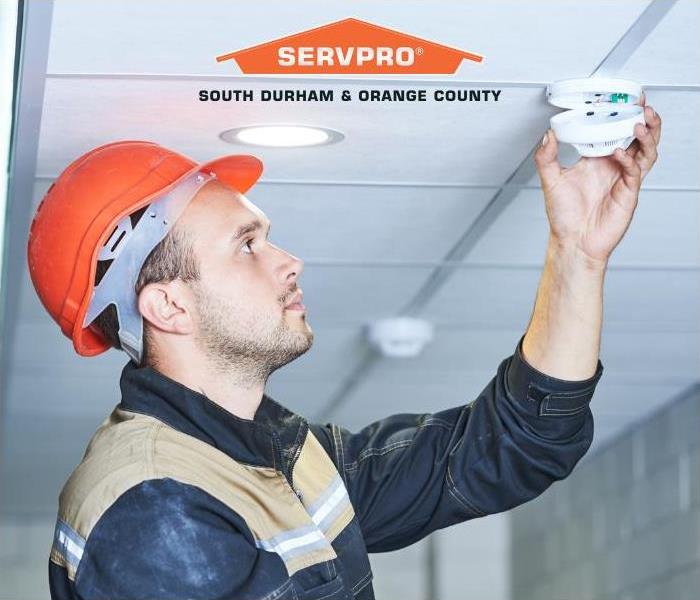Understanding Smoke Detectors
6/30/2021 (Permalink)
Smoke detectors in a home or commercial setting can mean the difference between life and death. A fire can double in size in seconds, making a proper first alert system a critical component in life safety. There are two types of smokes detectors, ionization and photoelectric smoke sensors
Ionization smoke detectors are most effective in the detection of a flaming fire. Ionization detection alarms function by ionizing the air between two electrically charged plates containing small amount of radioactive material. The ionized air under normal conditions freely flows between the two plates. When smoke enters it disrupts the current causing the detector to alarm.
Photoelectric smoke detectors are best at detecting smoldering fires. Photoelectric smoke detectors operate by aiming a light source away from the sensing chamber in the detector. When smoke enters the sensing chamber it diverts the light into the sensing chamber triggering the alarm.
The most effective smoke detector is the one that is in operation. The combination of both ionization and photoelectric smoke detectors is the most effective method of being prepared for both a smoldering and flaming fires. It is important to make sure your detectors are operating properly. Make sure that you change the backup battery inside the detector when you hear the detector beeping or chirping. Also make sure the red light on the detector is on, which means it is working.






 24/7 Emergency Service
24/7 Emergency Service
